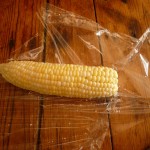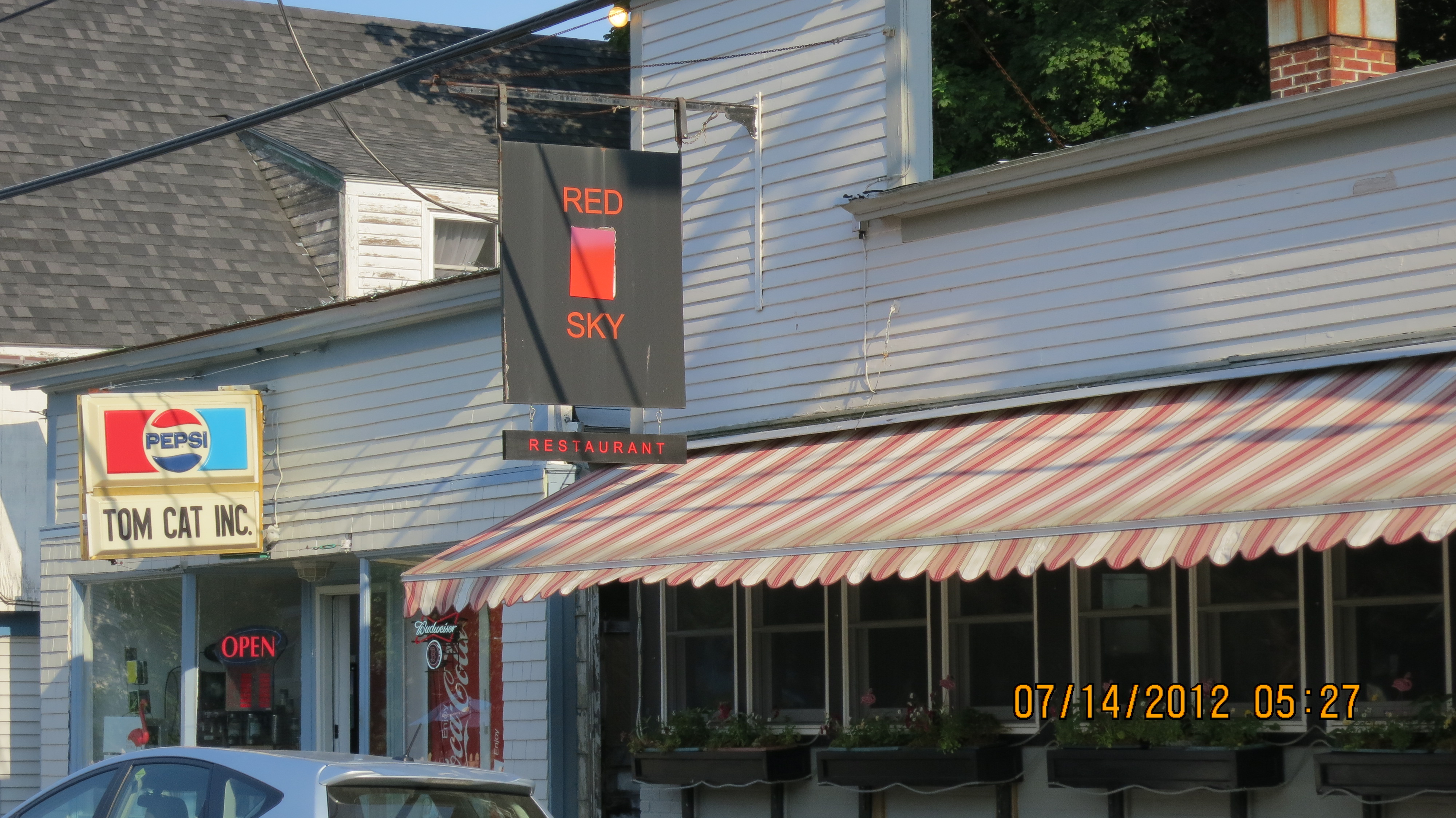Who out there has tried a cleanse?
(I’ll bet a few of you nodded yes)
Who out there has THOUGHT about trying a cleanse?
(I bet many of you nodded yes and raised your hands to that question)

Green juice – not so appetizing
Cleansing has been an on and off topic in our household for at least a few years. We have fanatical friends who go on radical juice cleanses once a month (or so it seems) and family members who have committed to month-long “gentler” cleanses that include solid food and smoothies galore, not to mention that a raw foods & fresh juice retailer opened around the corner last year, taunting us on a daily basis to give starvation a shot for the low price of $60 per day. All participants claim to feel fabulous afterwards: clearer skin, leaner waist lines, higher energy levels. And despite all this, I’ve shied away from it. Until…
I read about Bon Appetit’s Food Lover’s Cleanse. I fell for it hook, line and sinker over the winter holidays as I overindulged meal after meal, and gluttonously flipped through the magazine in my limited time away from the table. The principles are simple: tons of fruit and vegetables, lots of whole grains and healthy fats, limited caffeine and alcohol, and only natural sweeteners. 3 square meals + 2 snacks per day. It’s a non-cleanser’s cleanse. Sounds pretty good for 2 weeks, right? Here’s the tough part: no dairy, no refined bread, no pasta. For 2 weeks. Ouch. But, still, a heck of a lot better than all liquid, all the time for a week, right? That green juice scares me.

Black Cod with Swiss Chard, Olives, and Lemon with Red Quinoa on the side (photo courtesy of Bon Appetit)
The magazine hooked me on Day #1’s recipe for Cod with Swiss Chard and Red Quinoa with Pistachios. Doesn’t sound like a painful meal to consume to me. The rest of the recipes were online, along with a shopping list to help plan your meals. Hubs and I discussed, and he agreed to commit. We decided to give it a whirl, and roughly followed the plan for about 2 weeks. I know, that sounds pretty loosy-goosy, but it was a start. I probably prepared about a dozen recipes altogether from the 14 day Cleanse (thank you author Sara Dickerman), several of which I have repeated (voluntarily) since, and a few that are now permanent additions to my repertoire. I’ll be writing about these new additions in upcoming posts.
Few other comments on the Cleanse: This is not a raid-your-pantry undertaking. Quite a bit of shopping was required, which I found to be a pro and con. The cleanse took me out of my comfort zone cooking-wise, incorporating quite a few new ingredients like harissa, red quinoa, hazelnuts (who buys hazelnuts on a regular basis?), but that was also fun. From a time investment, many of the dinner recipes were time-consuming. As a huge fan of the Minimalist, Mark Bittman, I like simple meals and some of the dinner recommendations were complex, and took a lot of prep. Hubs reminded me that the plan didn’t portend to be “fast and easy weeknight recipes,” but I still thought it worth mentioning.
In the meantime, a few words about the teaser recipe that got me hooked – Black Cod with Swiss Chard and Red Quinoa. Delicious! What a satisfying and flavorful meal – Hubs even tasted the swiss chard. I tried a few substitutes for black cod, since it is hard to come by – regular cod, sea bass. All worked fine. And the Red Quinoa with Pistachios recipe is just delicious. Red quinoa does taste different from your standard quinoa – it’s also more expensive and harder to find. This was my first dish with it and it’s worth a try. I’ll post the recipe below for you as well. Hubs loved it, too,
Red Quinoa with Pistachios (adapted from Bon Appetit)
- 1 tablespoon olive oil
- 1 shallot, finely chopped
- Kosher salt and freshly ground black pepper
- 1 cup red quinoa, rinsed well in a fine-mesh sieve
- 1 1/2 cups vegetable broth or water
- 1/4 cup unsalted, shelled raw pistachios, chopped
- 3 tablespoons chopped flat-leaf parsley
- 1 tablespoon chopped fresh mint (I omitted as I didn’t have any on hand, and was delicious nonetheless)
Preparation
-
Heat oil in a medium saucepan over medium heat. Add shallot, season with salt and pepper, and cook, stirring occasionally, until soft, about 5 minutes. Add quinoa and cook, stirring frequently, until quinoa starts to toast and smell nutty, about 5 minutes. Add chicken broth and bring to a boil.
-
Stir in quinoa, reduce heat to low, cover, and simmer gently until quinoa is tender, 25-30 minutes (15 if using white quinoa). Remove pan from heat, fluff quinoa with a fork. Cover; let stand for 5 minutes.
-
Fold pistachios, parsley, and mint into quinoa. Season with salt and pepper.
Yield: 4 servings, or as a side dish for 2 with leftovers



